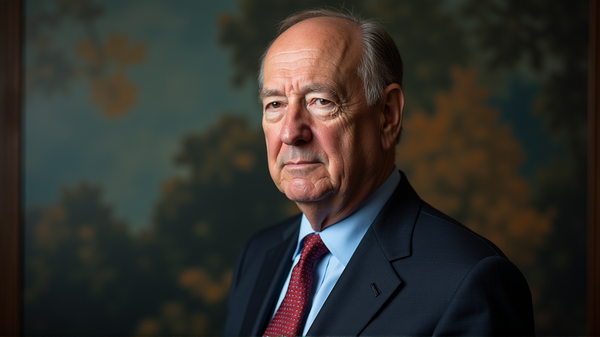US GDP Growth: A Facade Over Looming Economic Challenges
In the latest report from economic authorities, the United States displayed an impressive 3% annualized GDP growth in the second quarter. But behind this shiny statistic lies a more complex story of challenges and uncertainties plaguing the nation’s economy. According to Al Jazeera, the seeming uptick might just be a temporary mask hiding deeper issues.
An Unexpected Upsurge or a Temporary Illusion?
The volatile economic dynamics are foremost driven by sharply declining imports, a factor contributing significantly to the GDP rise. However, such growth drastically contrasts with the more sluggish domestic demand pace, which has hit its lowest point in over two years. The pronounced contraction from 0.5 percent in the first quarter was a warning, yet the growth was faster than most economists had projected.
The Tariff Tango
Amid the budding economic numbers, consumer spending rose by 1.4% compared to near stagnation in the first quarter. This resurgence occurred despite ongoing heft from U.S. President Trump’s aggressive tariff policies. The rubbing off of these tariffs created notable uncertainties, though they oddly contributed to the temporary illusion of economic vigor by boosting last-minute import stockpiling in Q1.
Investor’s Dismay: A Foreboding of Future Troubles?
The relief over the GDP growth figures was eclipsed by a stark downturn in private sector investment, with a dramatic 15.6% fall in Q2. This dip signals a policy-initiated downturn where superficial recession-softening factors dominate. Skanda Amarnath, a former Federal Reserve economist, aptly described this scenario in his recent statements.
A Recession-Defying Reality Check
While the White House remains bullish about the GDP report, the reaction across markets remains tepid. With looming uncertainty over the U.S. Federal Reserve’s rate policy, investor confidence stayed low. The reduced pace in jobs growth and dipping final sales to private domestic purchasers further strained the economic landscape, challenging any assumptions of underlying robustness.
Concluding Echoes of Concern
In essence, though praised as a major stride forward, the recent GDP growth figure is underlined by a host of enduring economic worries. The conversation continues to focus on the future policy directions, especially around tariffs and federal economic adjustments. As shared by Daniel Hornung from MIT, the newest GDP report has rekindled governmental and public discourse on the lingering easing needs amid the tariff-induced economic quagmire.
Stay tuned for an in-depth analysis of the upcoming US Labor Department jobs report, which could either bolster or challenge these emerging economic narratives. In such times, vigilance, and adaptation remain key watchwords.




